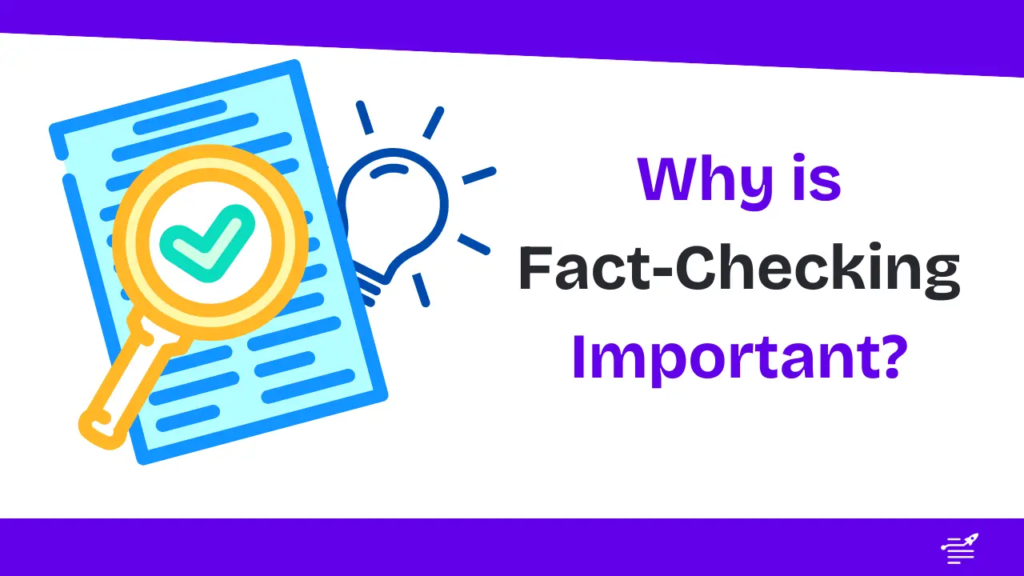“None of this is true” is a phrase that often sparks curiosity. It makes us wonder whether the information we are reading or hearing is reliable or not. In a world full of fake news and stories that sound too good to be true, it’s important to question what we see and hear every day.
When we say “none of this is true,” it can mean that things are not what they seem. Sometimes, people create stories or rumors that can confuse us. It’s important to always check facts and think carefully before believing everything we hear. In this blog, we will explore how to tell the difference between what’s true and what’s made up.
What Does “None of This Is True” Really Mean?
“None of this is true” is a phrase that often catches our attention. It suggests that what we are hearing or reading might not be real. In today’s world, where fake news and rumors spread fast, it’s important to think critically about the information we encounter. When someone says, “None of this is true,” they may be warning us that something isn’t as it seems.
People sometimes use this phrase to challenge a story, claim, or fact. It’s a way of saying, “Don’t believe everything you hear.” This statement reminds us that not everything in the media or on social platforms is factual. Being careful about the truth we accept is essential, especially in times when fake news can influence opinions and decisions.
To avoid confusion, always check the sources of information. Look for facts that are backed by evidence, and make sure the people sharing the information are trustworthy. This will help you separate fact from fiction.
The Importance of Fact-Checking: Why “None of This Is True” Should Be Taken Seriously

Fact-checking is crucial in today’s world, where misinformation is all around us. When you hear the phrase “None of this is true,” it’s often a sign to dig deeper into the story and verify the facts. Fact-checking helps prevent the spread of lies and ensures we only share what is accurate.
- Find Reliable Sources: Always check information against trustworthy websites or experts in the field.
- Look for Multiple Sources: The more sources that confirm a fact, the more likely it is true.
- Cross-Check Information: Ensure the story is consistent with what other reputable outlets are saying.
When we take the time to fact-check, we protect ourselves from believing something that isn’t true. This can help prevent misunderstandings, confusion, and the spread of fake news. Understanding that “None of this is true” should trigger a moment of doubt and a reason to verify.
How to Identify Fake News: “None of This Is True” in the Digital Age
With the rise of social media, fake news has become more common. In the digital age, anyone can share a story, and sometimes those stories are not true. “None of this is true” is a phrase that highlights how easy it is for fake information to spread.
- Check the Source: Always look at where the news is coming from. Trusted news outlets are more reliable.
- Look for Signs of Bias: Stories that seem too one-sided may not tell the full truth.
- Verify with Trusted Websites: Use fact-checking sites to compare the information.
None of This Is True”: A Closer Look at the Impact of Lies and Rumors

Lies and rumors can spread quickly, and they can have a big impact on people’s lives. When you hear “None of this is true,” it might be a warning that a rumor or lie is being shared. These false stories can hurt relationships, damage reputations, and create unnecessary fear.
The Harm of Lies and Rumors:
- Damage to Reputation: False information can hurt someone’s good name, making it hard for them to regain trust.
- Causing Unnecessary Panic: Rumors can lead to confusion and worry, even when there is no real threat.
- Shaping Opinions Based on Falsehoods: Lies can change how people think, often leading to wrong decisions.
None of This Is True”: Understanding the Role of Misinformation in Society
Misinformation has always been around, but it has become more noticeable in the digital age. “None of this is true” is a call to action to help us understand how misinformation spreads and why it matters. Fake news can change public opinions and even influence important events like elections.
Why Misinformation Spreads:
- Social Media: Platforms like Facebook and Twitter allow false stories to reach millions quickly.
- Lack of Verification: People often share information without checking if it’s true first.
- Emotional Stories: News that causes strong emotions, like fear or excitement, spreads faster.
Conclusion

In today’s world, it’s important to always question what we hear. When someone says, “None of this is true,” it’s a signal to check the facts before believing something. Fake news can spread quickly, but by being careful and verifying information, we can stop misinformation from affecting us.
Remember, the phrase “None of this is true” is not just about doubting others, but about being smart with the information we trust. By fact-checking and using reliable sources, we can protect ourselves and make sure we are sharing the truth.
FAQs
Q: What does “None of this is true” mean?
A: It means that the information being shared might not be correct, and it’s important to verify the facts.
Q: Why is fact-checking important?
A: Fact-checking helps make sure the information we believe and share is accurate, preventing the spread of lies.
Q: How can I tell if news is fake?
A: Check the source, look for signs of bias, and verify with trusted websites or fact-checking platforms.
Q: Can rumors hurt people?
A: Yes, rumors can damage reputations, cause fear, and spread false information.
Q: How can I avoid sharing fake news?
A: Always check the facts, use reliable sources, and think before sharing stories online.
Read More: a-j forecep abv what are the as





